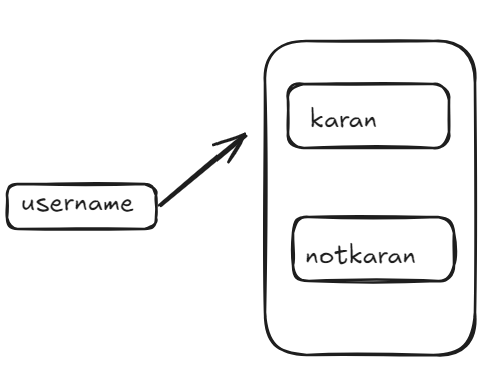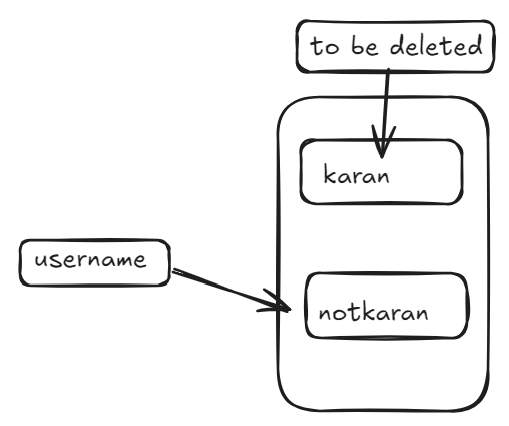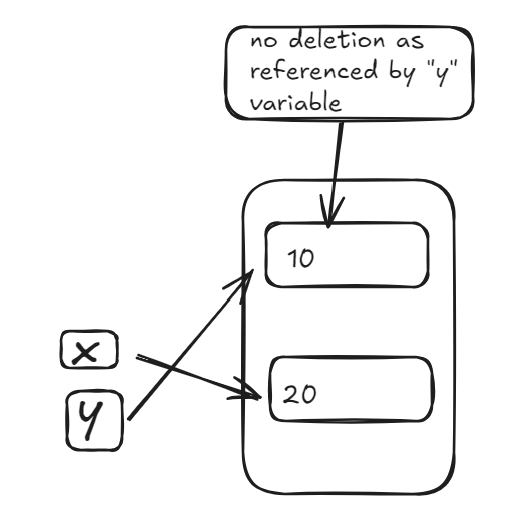Engineering behind Mutable and Immutable in Python
If you’ve been programming in Python, you’ve probably come across the terms mutable and immutable. These words might sound casual, but have you ever wondered how mutable is actually mutable? and immutable immutable? Its quite simple once you get the hang of it. Let’s break it down and look at the “how” and “why” behind these concepts.
What Do Mutable and Immutable Mean?
- Mutable means changeable. Data types like lists, sets, and dictionaries can be modified after they are created.
- Immutable means unchangeable. Data types like strings, integers, and tuples cannot be altered once they are created.
Now, here’s where it gets interesting: even if a data type is immutable, it doesn’t mean you can’t assign new values to a variable. Let’s go a bit further.
Example 1: Strings Are Immutable
|
|
Strings are immutable, so when you assign a new value to the variable username, Python doesn’t overwrite the old value. Instead:
- A new memory block is created for the new value
"notkaran". - The variable
usernameis updated to reference this new block. - The old value
"karan"is left behind and will be deleted later by Python’s garbage collector, but only if no other variable is using it.
Memory Allocation Diagrams
 when username = “karan”
when username = “karan”
 after re-assigning the value when username = “notkaran”
after re-assigning the value when username = “notkaran”
Here, the value "karan" is stored at a different memory location, which will be removed by the garbage collector in Python since no variable is referencing it.
Example 2: Integers and Memory Allocation
|
|
In this case:
- Initially,
xandyboth reference the same value10in memory. - When you assign
20tox, Python creates a new memory block for20and updatesxto reference this new block. - The value
10is still in memory becauseyis referencing it.
Memory Allocation Diagram
 In this case, the value
In this case, the value 10 won’t be deleted as it is being referenced by y.
Why Does This Matter?
The distinction between mutable and immutable types is crucial for Performance as Immutable objects are often faster because they don’t need mechanisms to handle changes. And Data Safety is another reason as Immutable types prevent accidental modifications, making them ideal for constants and keys in dictionaries.
The Core Engineering Behind Mutability
At the heart of Python’s design lies its memory management system and here is how it works:
- Mutable types like lists and dictionaries store data in a memory buffer that can be altered directly.
- Immutable types don’t allow changes to the data in memory. Instead, new memory is allocated for any modifications.
I didn’t explain much with examples and diagrams about mutability as it is quite easy and obvious after knowing immutability. This ability to allocate new memory or update existing memory is what makes mutability possible (or impossible) at its core.